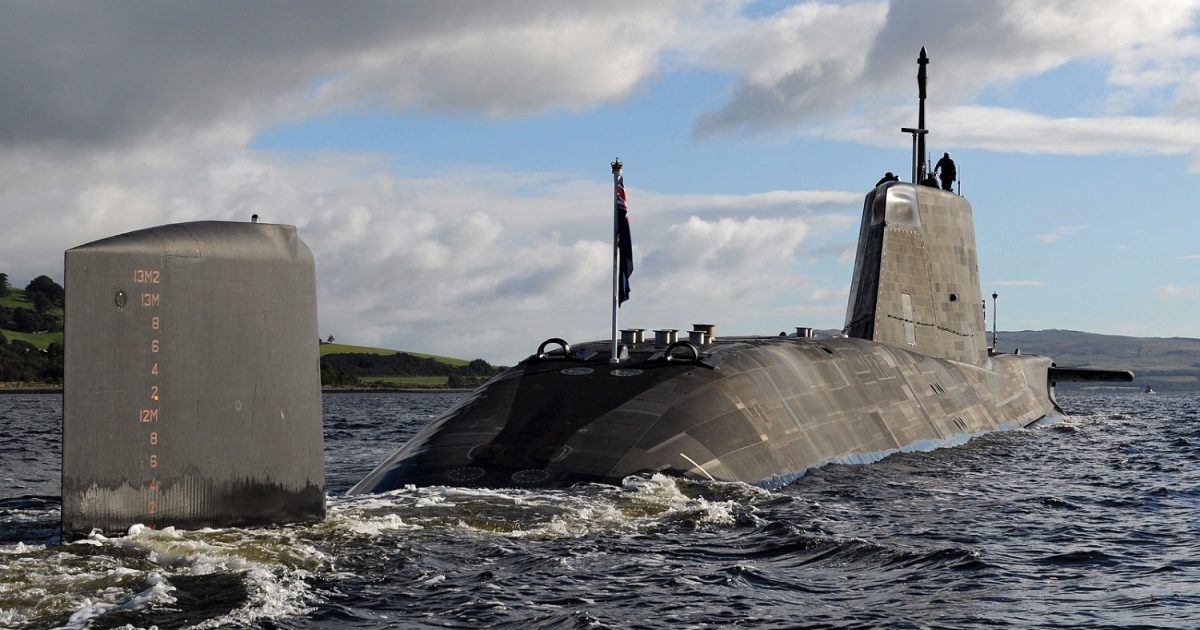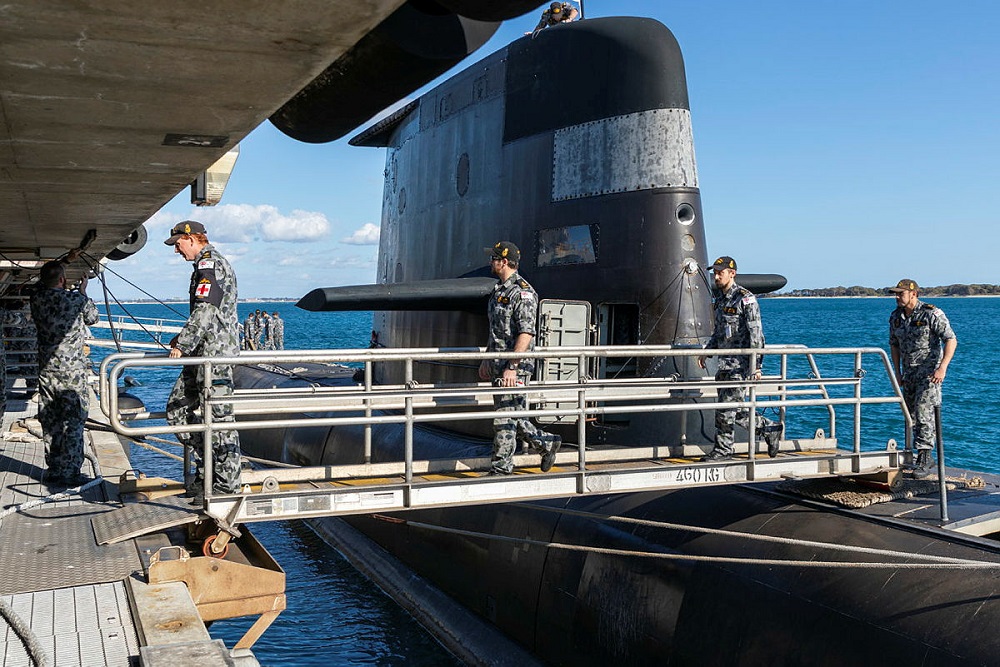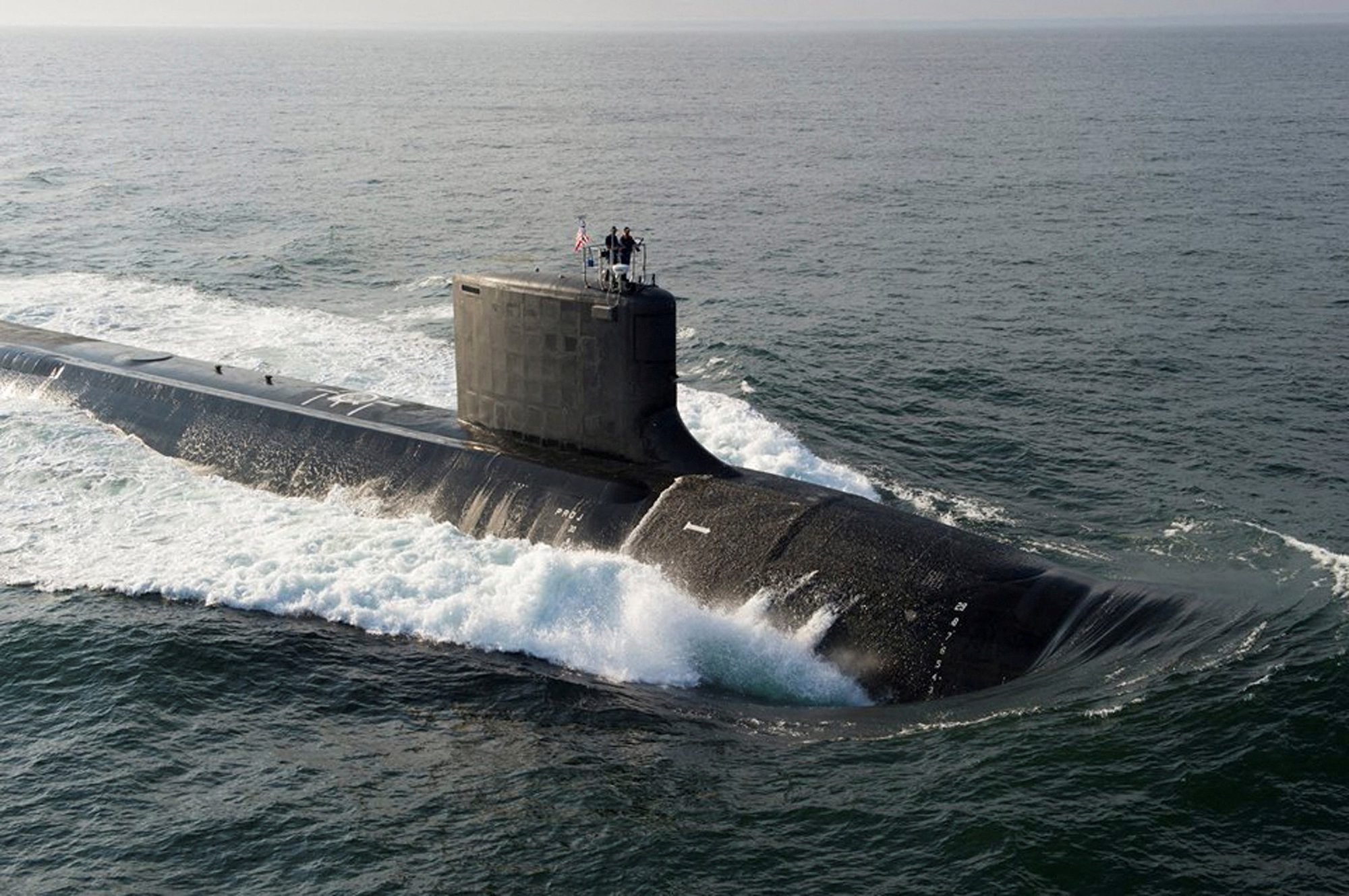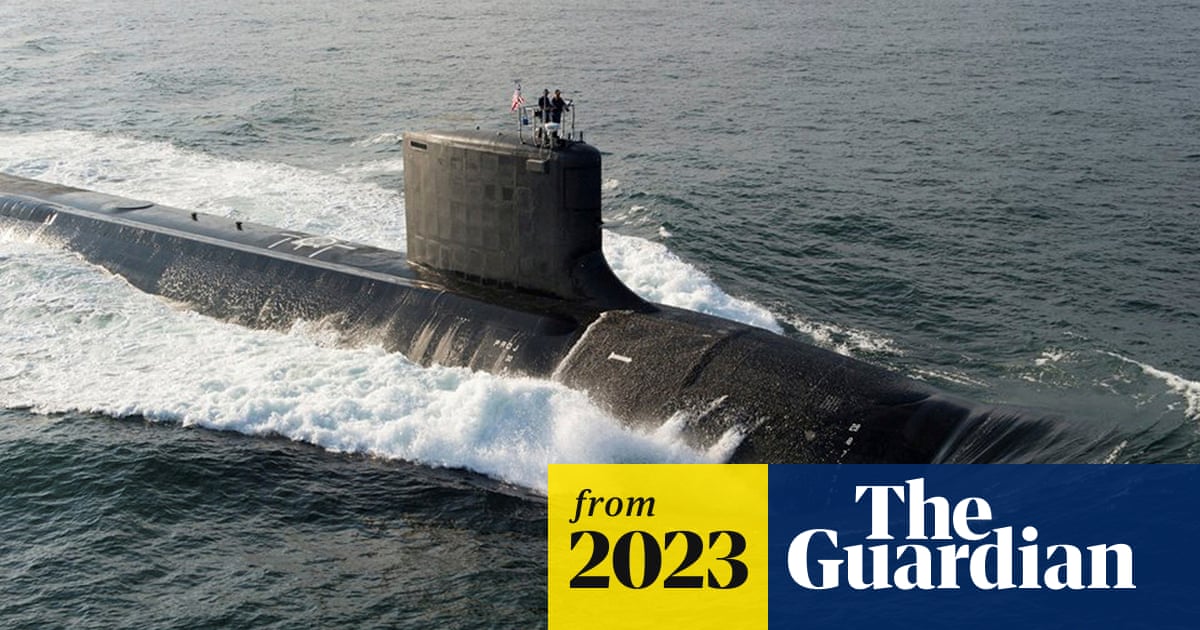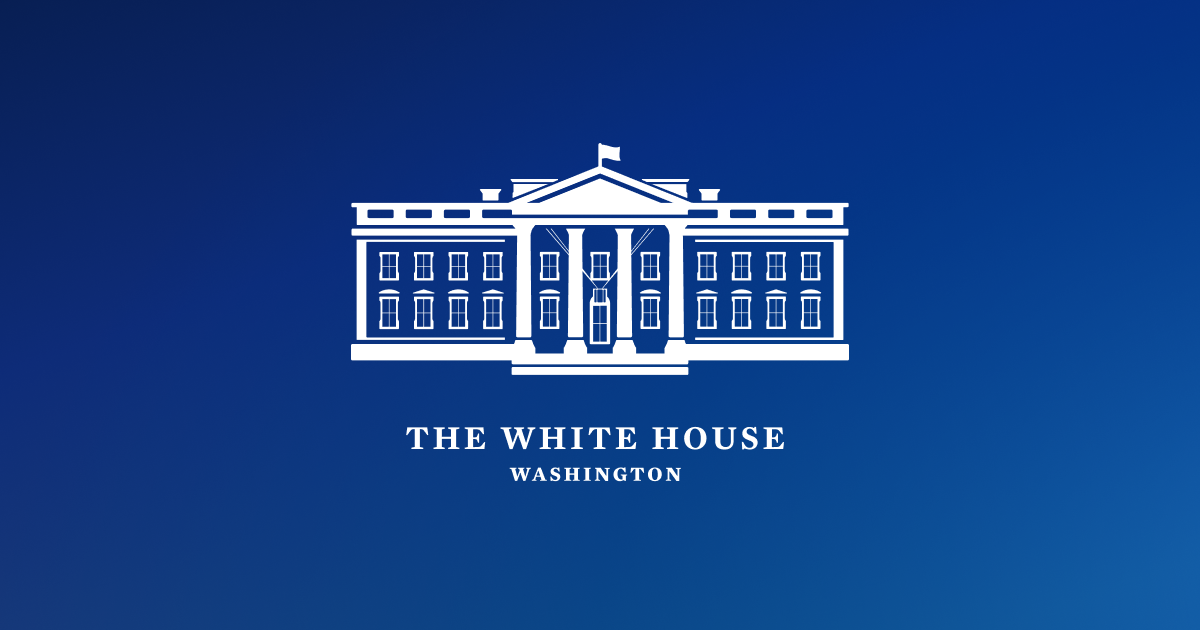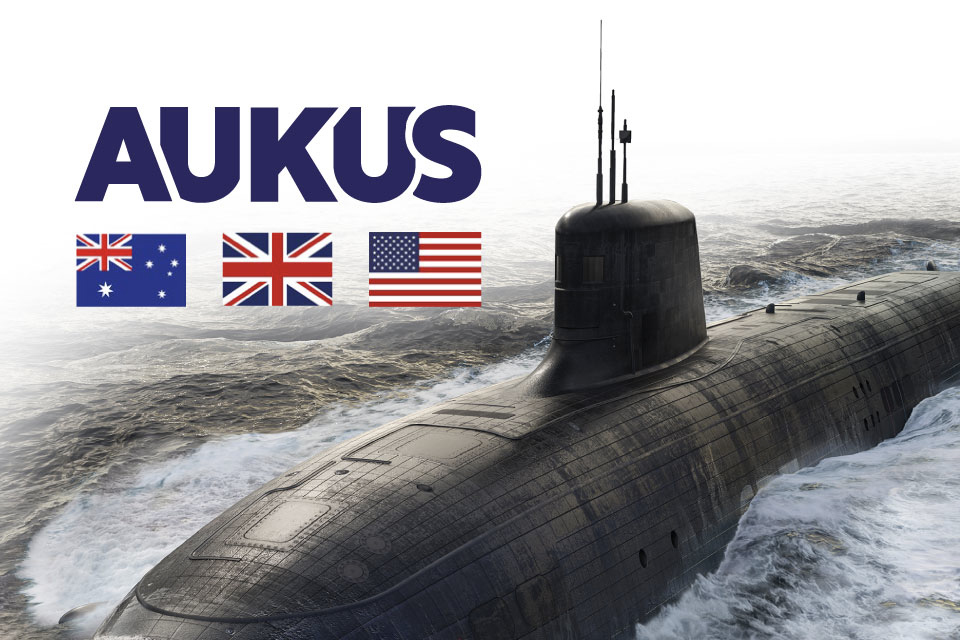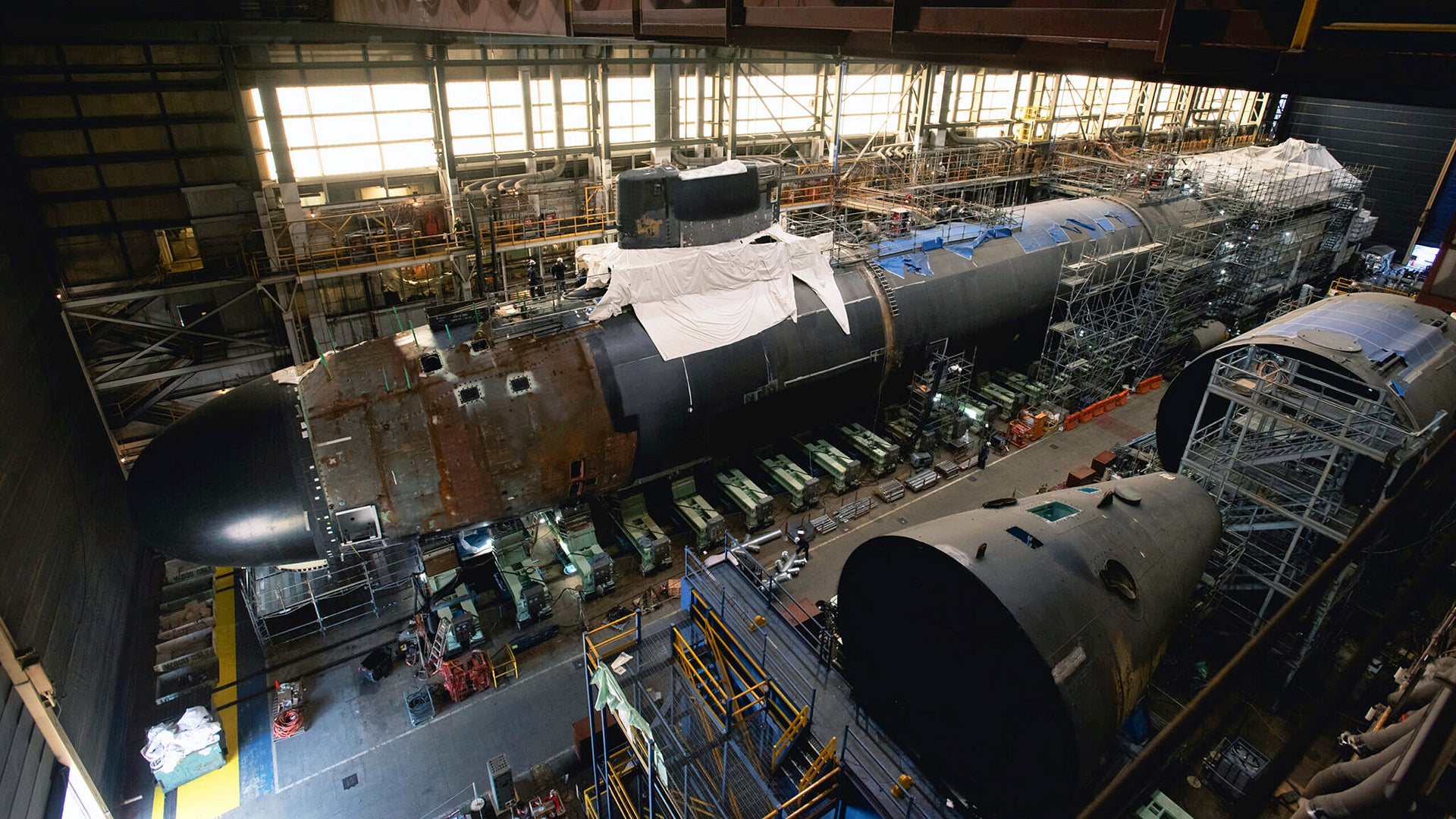- Joined
- 29 September 2006
- Messages
- 1,794
- Reaction score
- 1,360
Well, Australia would want the safest reactor that will fit in the hull they choose.
From wikipedia:
If Australia's looking at a LOB reactor they'll be looking at the safest one they can get.Three propulsion options were considered for the replacement of the Vanguard-class, the Successor: PWR2, PWR2b (derivative with improved performance) and PWR3. PWR3 was a new system "based on a US design but using UK reactor technology". The Royal Institution of Naval Architects reported that it was likely that the UK was given access to the US Navy S9G reactor design used in their Virginia-class submarines. The PWR3 was a simpler and safer design with a longer life and lower maintenance requirements than the PWR2 variants and cost roughly the same as the PWR2b. The PWR3 has 30% fewer parts compared to the PWR2.
In March 2011, Defence Secretary Liam Fox said the PWR3 was the preferred option "because those reactors give us a better safety outlook". In May 2011, the Ministry of Defence announced that PWR3 had been selected for the Successor (later named the Dreadnought-class in 2016). The PWR3 cost about £50 million more per boat to purchase and operate compared to PWR2 designs. This is offset by the PWR3's longer life over the 25-year life PWR2 designs. The PWR3 does not require reactor core prototype tests; instead computational modelling is used.
RR's SMR effort is a bit of a red herring I think, the SMR industry is an industry that is currently without any customers and if memory serves, needs about 50 customers a year to be viable.
Opposition leader Dutton's comments here regarding the submarine decision are simply a real life example of how a stopped clock can still be right twice a day.
Many SMRs are at the end of their certification processes, and entering their production stage. Most should be technically viable, some economically. Either way, decarbonization coupled with grid stability needs will ensure that either SMRs or traditional large nuclear stations will be needed in many, if not all major grids.

